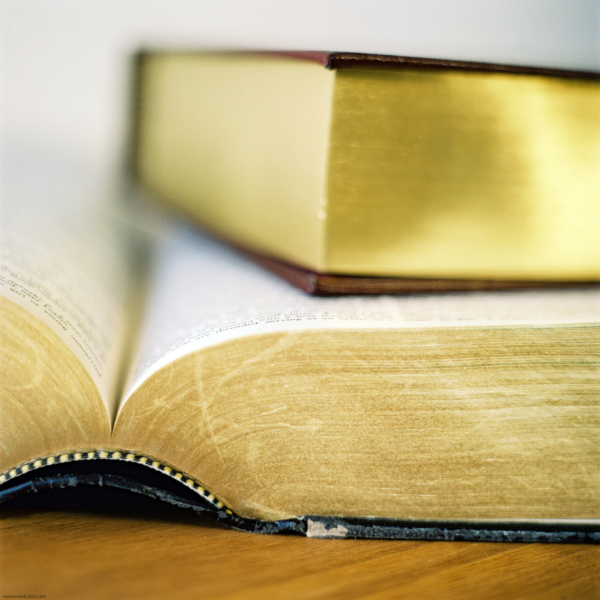January 2011 SAT Review
My name is John Daciuk and I am a certified New York state teacher who tutors for the SAT full time. I have started to take every SAT for a number of reasons; first and foremost I want to be as involved in my students' testing experiences as I can. I want to give my students my own opinions of not just the older practice questions, but of the actual SAT questions they are battling with to make their official scores. I also want to assure my students that the strategies I use and teach work again and again, test after test. Here are my opinions of the January 2011 SAT.
Although some students feel that there was some trick on the January SAT that led them astray, the test was fair and incredibly similar to other recent tests. This is not to say that the test wasn't still a blast to take; adrenaline was pumping for many juniors because this was likely their first shot at the test and the college of their dreams. Needless to say, basic SAT preparation really paid off for many.
The essay that most students saw (practicality vs. idealism) was so general that it opened itself to arguments using a gamut of sources. Personal experience could certainly have worked, but contemporary politics, history and literature are also loaded with examples that would prove relevant theses. Like the essay, the writing multiple choice was wide in scope. All typical SAT grammatical errors found their way into the test one way or another. However, studying subject/verb agreement, tense and sentence structure made a night and day difference for many scores.
The large majority of vocabulary questions could have been narrowed down with a process of elimination based on words in the answer choices that most students know. The reading passages were somewhat abstract and students who got too caught up in the details struggled. It was especially important to keep track of the narrator's point of view in 'A House Called Tribulation' and "Writing Letters for Grandma'.
A couple of the harder math questions were of a similar type that was hard to predict, but nothing unprecedented. For the most part the math was based on predictable algebra and geometry concepts, although it may have took some students time to realize what some of the questions were asking for.
For students looking to break into the 6 and 700s the curve was trying. Just 4 questions wrong in both the writing and math already brought students down into the 600s. The reading was a little more forgiving in this respect, but it always is because there are more total questions.


